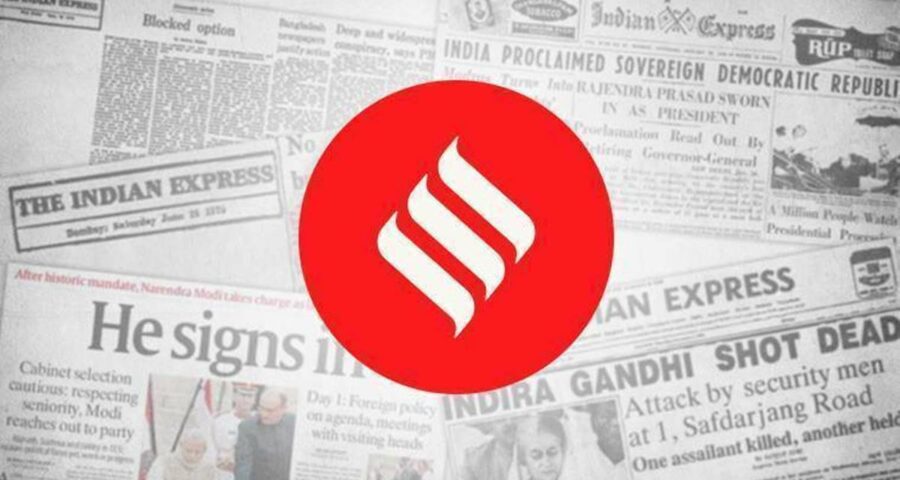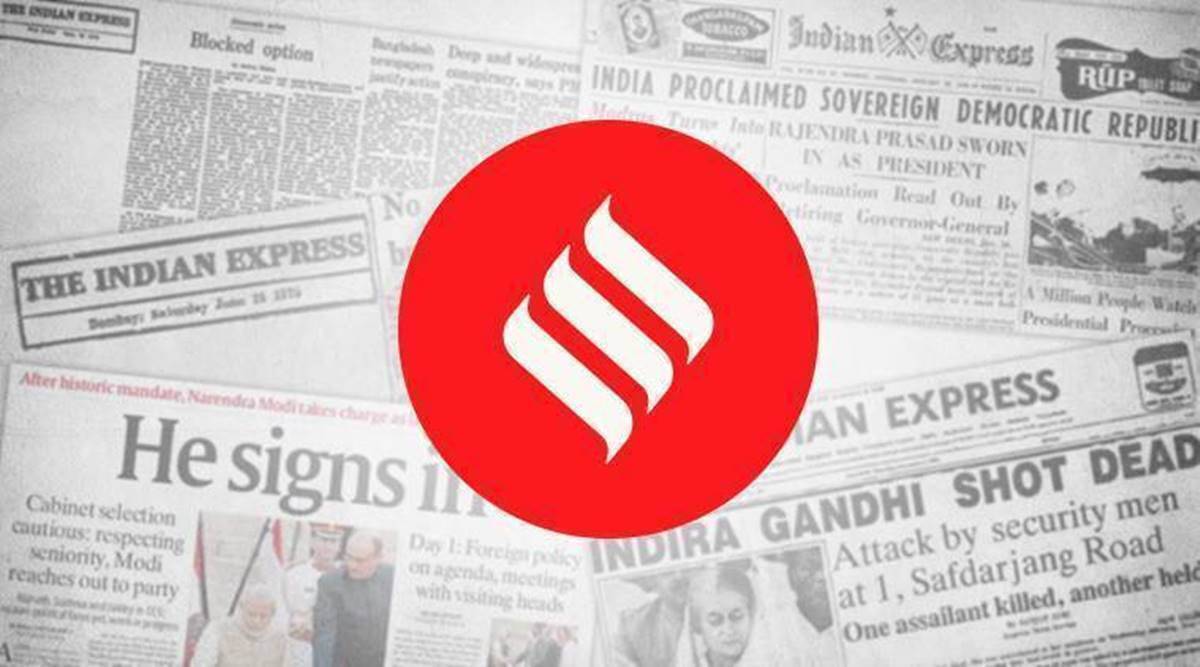Current spurt of infections calls for flexibility in vaccination strategy, and intensification in areas grappling with surge.
Very early in the pandemic, medical experts had counselled about the unpredictable ways of the novel coronavirus. And, when the country’s caseload began to dip late last year, they had urged people to not let their guard down. Unfortunately, for large sections of the country’s pandemic-weary population, impatient to return to normal social life, such warnings did not seem to have struck a chord — even though the virus was raging in large parts of the world. The spurt in infections in several parts of the country since last month testifies to the perils of complacency. Maharashtra has reported more than two lakh new infections since February. On Thursday, the state government imposed a week-long lockdown in Nagpur, Maharashtra’s worst-affected city, and warned of curbs in other parts of the state. Meanwhile, the Centre has also red-flagged the rise of the positivity rate in the National Capital Region, Madhya Pradesh, Gujarat, Punjab and Haryana.
There are, however, ample reasons why the new wave of infections shouldn’t stoke pessimism. For one, we know much more about the novel coronavirus than this time last year, when the country was forced into one of the most stringent lockdowns in the world. There hasn’t been an alarming surge in fatalities. More importantly, the pushback by the virus has coincided with the expansion of the anti-COVID inoculation drive in the country. More than 2.5 crore people have taken the shots — since March 1, this group includes senior citizens, people above the age of 45 with comorbidities, besides healthcare professionals and frontline workers. The government intends to give preference to these vulnerable groups over the next five months. But one of the early learnings in the fight against the coronavirus was that strategies shouldn’t be written in stone. The current spurt in cases calls for tweaking the vaccination approach. For starters, the Centre and state governments could put their heads together and draw up plans to intensify the inoculation drive in districts with the highest transmission rates. They should give serious thought to opening up vaccination to all age groups in areas grappling with the current surge. This should, of course, be combined with the traditional approach of exercising caution, increasing the number of swab tests and intensifying contact tracing.
On Wednesday, the Drugs Controller General’s expert committee on the COVID vaccine recommended the removal of the “clinical trial mode” tag attached to the emergency authorisation of Bharat Biotech’s Covaxin, validating the 81 per cent efficacy reported by the vaccine in clinical trials. Covaxin is currently one of the two preventives in use in the inoculation drive. But question marks over its efficacy have meant that it has been administered to only 10 per cent of those who have been administered the shots. Now, with the indigenously-developed vaccine on a surer footing, the country is well placed to take on the virus in the high transmission areas. It’s up to policymakers to be creative, and not resort to blunt instruments like lockdowns.
Source: Read Full Article


